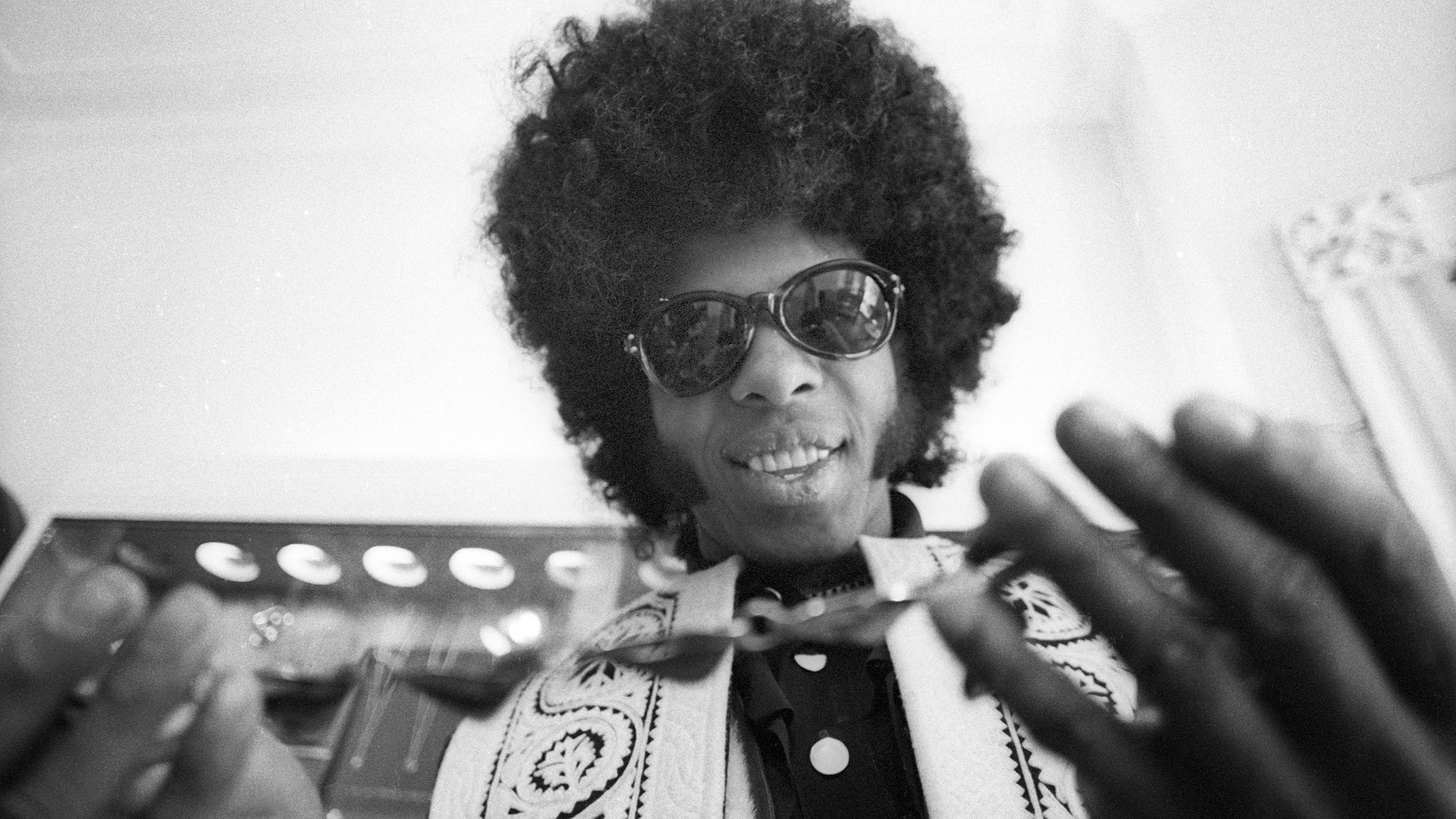Edith Ronne
The explorer who was the first U.S. woman on Antarctica
Edith Ronne
1919–2009
When Edith Ronne bid goodbye to her husband, U.S. Navy Capt. Finn Ronne, in 1947, she didn’t expect to see him for more than a year: He was to spend the winter in Antarctica. But at the last minute, Ronne, a native of Norway, begged his Baltimore-born wife to abandon her job as a State Department clerk and come along. His English was so sketchy, he said, that he needed her to write dispatches for the North American Newspaper Alliance, one of his expedition’s sponsors. Edith agreed, and in doing so became the first U.S. woman to set foot on the bottom of the world.
The Week
Escape your echo chamber. Get the facts behind the news, plus analysis from multiple perspectives.

Sign up for The Week's Free Newsletters
From our morning news briefing to a weekly Good News Newsletter, get the best of The Week delivered directly to your inbox.
From our morning news briefing to a weekly Good News Newsletter, get the best of The Week delivered directly to your inbox.
Her husband’s request “came at such short notice that all Ms. Ronne had by way of luggage was some cocktail dresses and nylons,” said The Wall Street Journal. She did, however, have female—and Canadian—companionship. “In part to even out the sex ratio, another woman, Jennie Darlington, the wife of the expedition’s chief pilot, agreed to come along.” After picking up supplies in Chile, the group landed on Antarctica where, for 15 months, they “conducted aerial mapping sorties and geological investigations that included detecting the first known Antarctic earthquakes.”
It was a bleak existence, said The Washington Post. Ronne’s daily diary reflected “the difficulties of living in a 12-foot-square hut that was also the expedition’s base.” She busied herself by filing dispatches under her husband’s name, recording scientific data, and visiting penguin colonies. Apart from the inherent dangers, “the adventure was also plagued by interpersonal difficulties brought on by isolation, boredom, and close quarters.” Small spats erupted into major arguments; “because their husbands were at odds, the two women stopped speaking, out of loyalty to their spouses.”
Returning to civilization in 1948, Ronne vowed, “I will never, never go back.” But she did: In 1971, she and her husband, who died in 1980, became the first married couple to reach the South Pole. In 1995 Ronne revisited the frozen continent and found her old hut. Once, when asked why she joined her husband, she replied, “I was in love with him. I would have done anything to support the expedition—even stay behind.”
A free daily email with the biggest news stories of the day – and the best features from TheWeek.com
-
 Political cartoons for December 14
Political cartoons for December 14Cartoons Sunday's political cartoons include a new White House flag, Venezuela negotiations, and more
-
 Heavenly spectacle in the wilds of Canada
Heavenly spectacle in the wilds of CanadaThe Week Recommends ‘Mind-bending’ outpost for spotting animals – and the northern lights
-
 Facial recognition: a revolution in policing
Facial recognition: a revolution in policingTalking Point All 43 police forces in England and Wales are set to be granted access, with those against calling for increasing safeguards on the technology
-
 R&B singer D’Angelo
R&B singer D’AngeloFeature A reclusive visionary who transformed the genre
-
 Kiss guitarist Ace Frehley
Kiss guitarist Ace FrehleyFeature The rocker who shot fireworks from his guitar
-
 Robert Redford: the Hollywood icon who founded the Sundance Film Festival
Robert Redford: the Hollywood icon who founded the Sundance Film FestivalFeature Redford’s most lasting influence may have been as the man who ‘invigorated American independent cinema’ through Sundance
-
 Patrick Hemingway: The Hemingway son who tended to his father’s legacy
Patrick Hemingway: The Hemingway son who tended to his father’s legacyFeature He was comfortable in the shadow of his famous father, Ernest Hemingway
-
 Giorgio Armani obituary: designer revolutionised the business of fashion
Giorgio Armani obituary: designer revolutionised the business of fashionIn the Spotlight ‘King Giorgio’ came from humble beginnings to become a titan of the fashion industry and redefine 20th-century clothing
-
 Ozzy Osbourne obituary: heavy metal wildman and lovable reality TV dad
Ozzy Osbourne obituary: heavy metal wildman and lovable reality TV dadIn the Spotlight For Osbourne, metal was 'not the music of hell but rather the music of Earth, not a fantasy but a survival guide'
-
 Brian Wilson: the troubled genius who powered the Beach Boys
Brian Wilson: the troubled genius who powered the Beach BoysFeature The musical giant passed away at 82
-
 Sly Stone: The funk-rock visionary who became an addict and recluse
Sly Stone: The funk-rock visionary who became an addict and recluseFeature Stone, an eccentric whose songs of uplift were tempered by darker themes of struggle and disillusionment, had a fall as steep as his rise